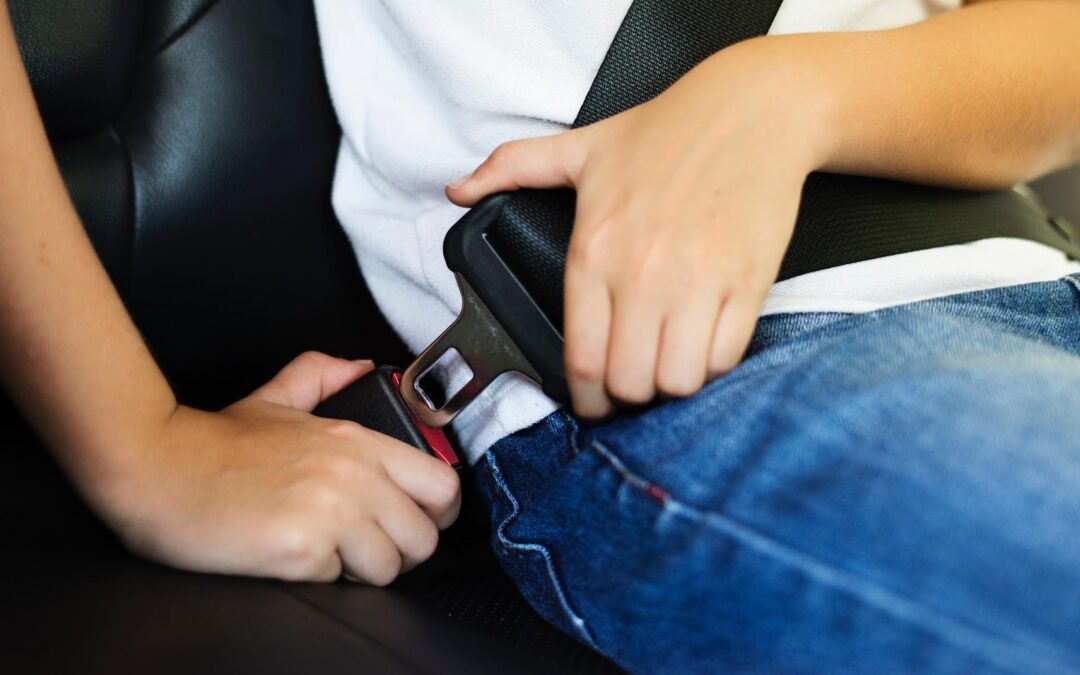Vehicle Safety Equipment | Safety on the Road
| Driver Education |
Driving a car involves more than just understanding traffic rules; it’s about ensuring the safety of yourself and others on the road. A crucial part of this safety comes from proper knowledge and use of vehicle safety equipment. Let’s dive into some key aspects of these essential features.
This blog may contain affiliate links, and if you make a purchase through these links, we may or may not earn a commission at no extra cost to you.
1. Lighting: Illuminating the Way
Purpose and Use
- High/Low Beams: Use high beams for better visibility in dark areas and low beams in well-lit areas or when there’s oncoming traffic.
- Taillights: These are crucial for visibility from the rear, especially at night.
- Brake Lights: They alert drivers behind when you’re slowing down or stopping.
- Back-Up Lights: These illuminate when you’re reversing, warning others.
- Turn Signals: Essential for indicating your direction of turn or lane change.
- Emergency Flashers: Used to indicate a hazard or vehicle trouble.
- Hours of Use and Visibility Requirements: Use lights from dusk till dawn and during poor visibility conditions.
- Signaling and Dimming Distances: Follow legal requirements for signaling distances and dimming high beams near other vehicles.
2. Effective Braking Techniques
- Control with Regular vs. Anti-Lock Brakes: Understand the functioning of ABS for better control during emergency braking.
- Fuel Efficiency: Anticipate traffic conditions to avoid unnecessary braking, which can waste fuel.
- Smooth Braking: Practice gradual braking for comfort and safety.
3. Windshields and Mirrors: Clear Visibility
- Maintenance: Keep them clean and free from obstructions.
- Adjustment: Ensure mirrors are correctly adjusted for optimal rear visibility.
- Defroster: Keep it in good working order to avoid fogging.
- Wiper Blades: Replace them annually for better performance.
- Tinting: Avoid excessive tinting which can reduce visibility.
4. The Horns: A Cautionary Tool
- Use Wisely: It’s a warning device, not for casual use.
- Warning Oncoming Traffic: Especially useful on tight, blind curves.
- Audible Distance: Understand its range to use it effectively.
5. Tire Maintenance: Ensuring Road Safety
- Condition and Inflation: Regularly check tire condition, inflation, and tread depth.
- Rotation and Balance: Regular tire rotation and wheel alignment enhance tire life and performance.
- Inflation Effects: Avoid under or over-inflation for optimal tire health.
- Avoid Spinning Tires: It can lead to excessive wear and safety issues.
- Cornering Speeds: High speeds in corners can cause tire wear and decrease safety in emergencies.
6. The Lifesaver: Safety Belts
- Vital for Safety: The most crucial safety feature in any vehicle.
- Proper Use: Always wear your seatbelt correctly.
- Child Safety: Use appropriate child safety seats as required.
- Pick-up Beds: It’s essential for safety in certain vehicles.
- Maintenance: Regularly check the condition and functionality of seatbelts.
Vehicle Safety Equipment
Understanding and utilizing the safety equipment in your vehicle is paramount to ensuring a safe driving experience. Regular checks, proper maintenance, and understanding the functionality of these safety features can significantly reduce the risks on the road. Remember, safety in driving isn’t just about following rules; it’s about making informed decisions to protect yourself and others.
Drive with Confidence!
Keep up with all the latest driving news. Expolre our blog packed with essential tips and expert advice on all things related to DRIVING!




